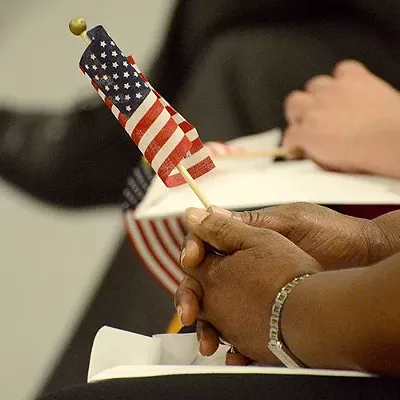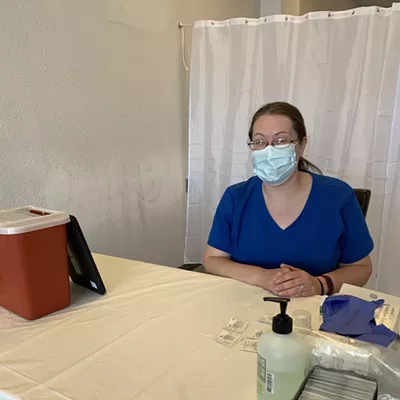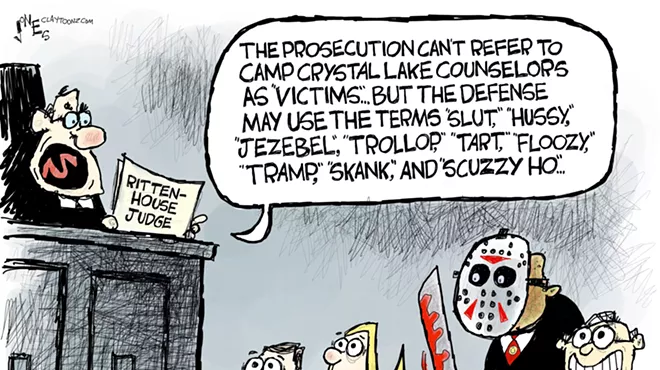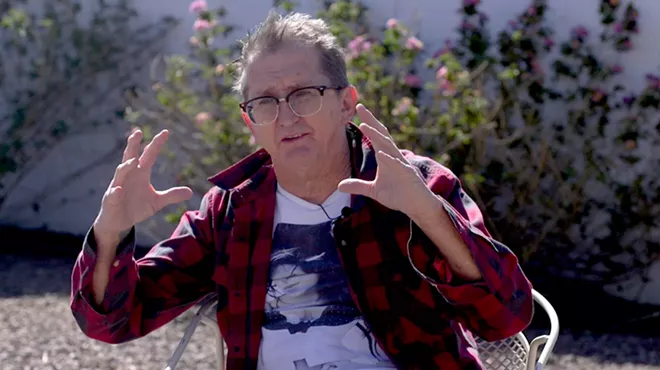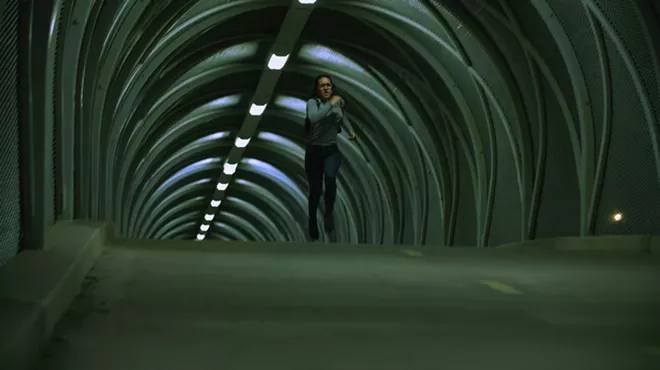Friday, October 2, 2020
Tucson filmmakers highlight the history, importance of voting in new documentary
The struggle to expand the electorate to all Americans and restrictions of who is allowed to cast their ballot are two competing stories at the center of the latest and perhaps last documentary by Tucsonan Steve Waxman of ShadowWave Media, Vote Here: A film for the people by the people.
Vote Here is a nonpartisan documentary that tells the story of the electoral process and current issues facing voters. Waxman said the three-year filmmaking journey was inspired by the book “The Fight to Vote” by Michael Waldmen. However, the film took a different turn after the Stoneman Douglas High School shooting in 2018 when Waxman was living in Florida.
Seeing 14-year-old Parkland students telling their senior classmates they could pre-register to vote inspired Waxman; it cut to one of the film’s major focuses: That youth political involvement is a rediscovered American movement and that positive peer pressure works.
“This was just a fascinating thing that I had not seen in my lifetime which was a dedication of young people to make voting part of their cultural DNA,” he said.
Vote Here looks beyond our own lifetimes to the early days of the nation and reveals a different demographic of citizens heading to the polls and offers some tantalizing insights into how current political movements may reawaken the coveted youth vote.
America’s youth were the driving force of the mid 19th century political process, according to historian Jon Grinspan in Vote Here.
“What makes this era so exciting,” Grinspan said. “Voter turnout for eligible voters is often in the high ‘70s and gets up over 80 percent in some states that are particularly engaged in politics have turnout over 90 percent in five or six presidential elections in a row, but that high turnout was driven by these 21-year-olds who are so excited to go vote.”
Grinspan said several different motivations drove these youth to the polls: the desire to find a romantic partner, the political process being the main shared cultural experience and voting seen as a rite of passage into adulthood.
“What I had found out and what I think is true in a transcending way is that the most driving force for people to register to vote I believe now is peer pressure,” Waxman said.
In the film, executive director of the Environmental Voter Project Nathaniel Stinnett said that peer and social pressure to vote are the biggest tools to get registered voters to actually vote.
However, peer pressure is not the only challenge in getting people to the polls. Vote Here also tells of minority groups’ struggles to gain their franchisement with a focus on Pima County and the efforts of local group Mi Familia Vota to register Latino voters.
“They are very hesitant to want to turn out and get involved in the system at all either being concerned that they themselves will be scrutinized or as somebody who they might know would then be scrutinized and deported,” Waxman said.
These fears can be exacerbated by COVID-19 because of lack of healthcare or access to healthcare, according to Mi Famila Vota coordinator Ulises Ventura. In Pima County, Mi Famila Vota registered 7,000 voters during the 2016 election cycle according to the film, this year they have registered 4,530, with 460 digitally registered according to coordinator Sandy Ochoa.
Arizona’s battleground status is anticipated to play a critical role in the presidential election. Additionally, with the recent passing of Supreme Court Justice Ruth Bader Ginsburg, the senate race between Martha McSally and Mark Kelly takes on a new dimension. Because the senate race is a special election to fill the rest of John McCain’s term, the winner could be sworn in once the votes become certified according to the Associated Press.
Just as the filmmakers believe voting should be accessible as possible, they’re also offering Vote Here for free on YouTube . Register to vote online before the Oct. 5 deadline at servicearizona.com/VoterRegistration



